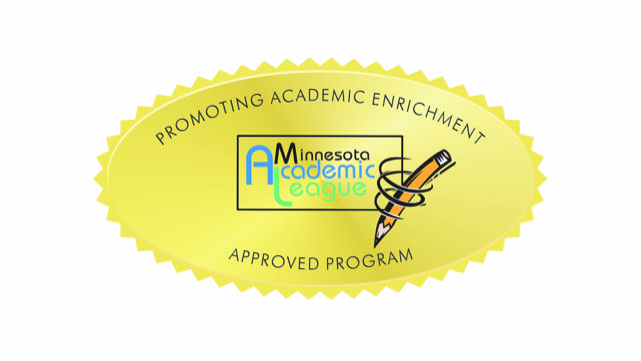By Taylor Templer
20 students and teachers from Youth Eco Solutions (YES!) teams at Royalton and ROCORI participated in the recent Water Is Life workshop at St. John’s University on March 21st. This workshop allowed students to connect with experts and gain information on water quality to position them for success as they excel in team-based projects this school year.
Phil Votruba, Kara Fitzpatrick, and Andy Frank from the Minnesota Pollution Control Agency (MPCA) were invited to share their expertise on the Mississippi River and Minnesota water quality. Phil Votruba gave an overview of the Mississippi River watershed and talked about the MPCA’s Volunteer Water Monitoring opportunity. Kara Fitzpatrick shared her experiences working with river monitoring, surveying, and sampling for macroinvertebrates. She handed out glass tubes containing macroinvertebrates for the students to look at and shared a great website called Life In Freshwater which showed close-up photos of the specimens in their natural habitats by Jan Hamrsky. Andy Frank discussed his work with fish for the MPCA, showing the students how electrofishing works and what the goals are to determine the number of species in a river or stream.
Amanda Guertin from the Benton County Soil and Water Conservation District shared her expertise on the Little Rock Lake Drawdown, sources of pollution, and how to prevent pollution, sediment, and debris from getting into our waterways. The students were also able to bring water samples from their homes or schools to test for nitrates, all of the samples had positive results, which was great!
Adam Hjelm from the Sauk River Watershed District shared his expertise on Aquatic Invasive Species (AIS) and the Sauk River Watershed. He explained the various types of AIS, how they got here, and how to prevent the spread. He then conducted an AIS transmission lab with the students. Around the room were various “lakes” or cups of water, the students each received a cotton ball, tweezers, and a cup of water to represent their boat and asked to visit a variety of the lakes by dipping their cotton ball into the “lakes” and back into their “boat”. At the end Adam came around with iodine and added to each of the students’ cups or “boats.” The students’ boats either remained the same of turned a dark green color, indicating that it was contaminated with the invasive species. The students had so much fun trying to figure out who visited what lakes and what lake the Aquatic Invasive Species started in.


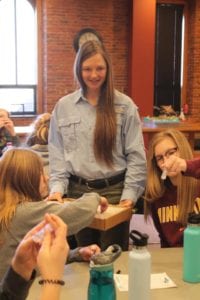
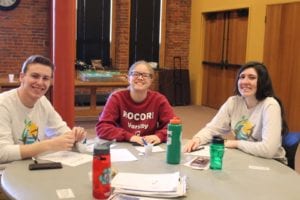
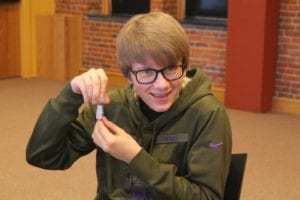

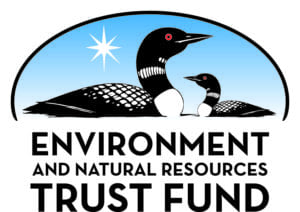
Major funding for the YES! program was provided by the Minnesota Environment and Natural Resources Trust Fund as recommended by the Legislative-Citizen Commission on Minnesota Resources (LCCMR).
